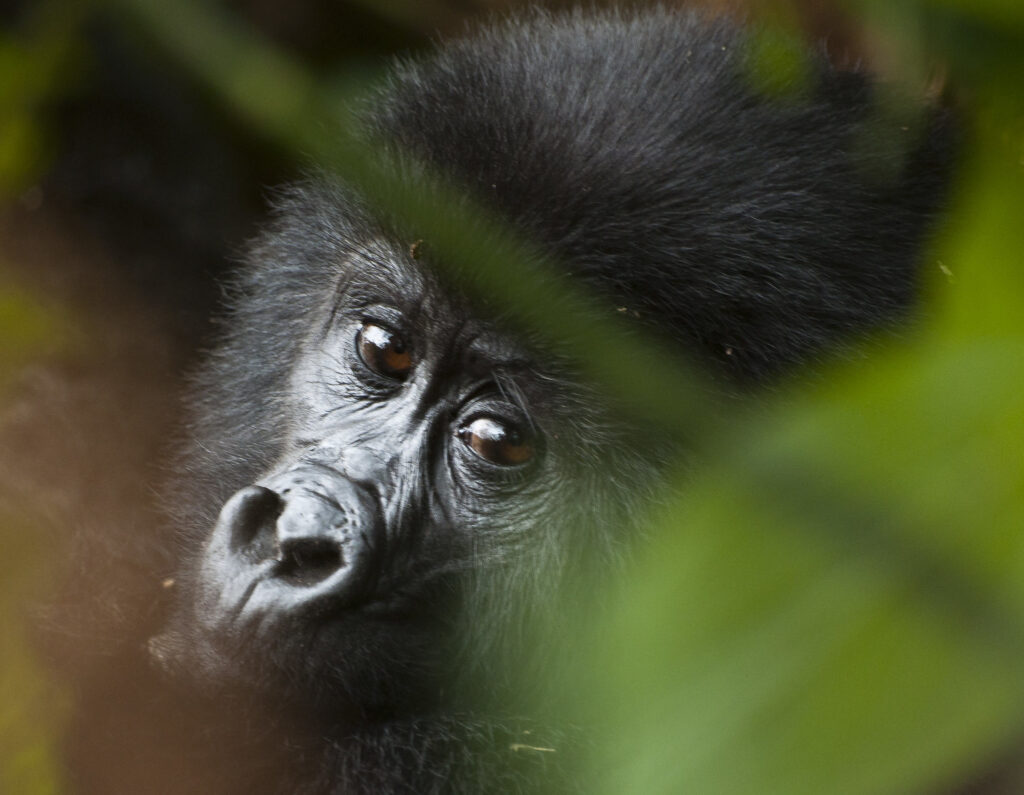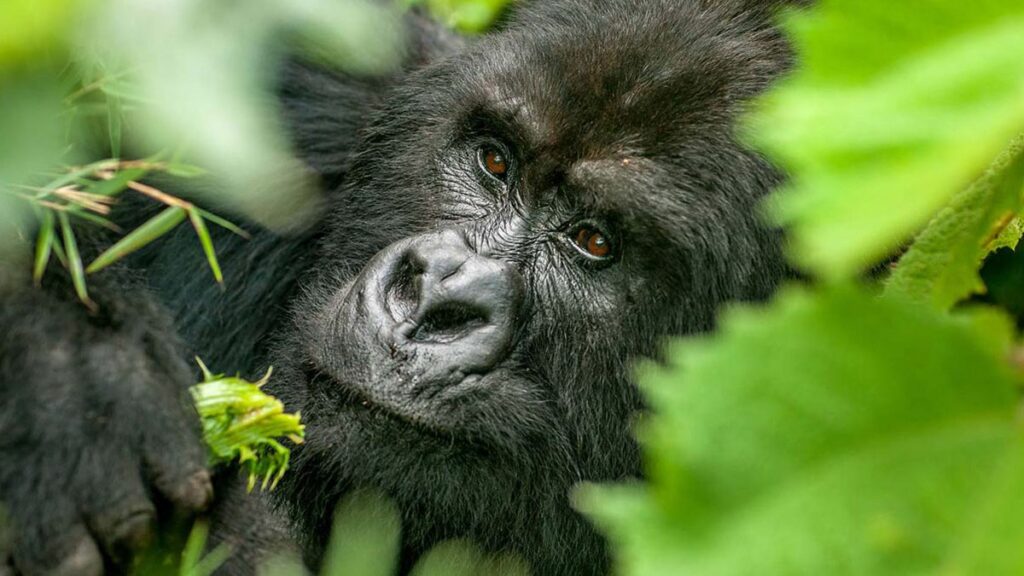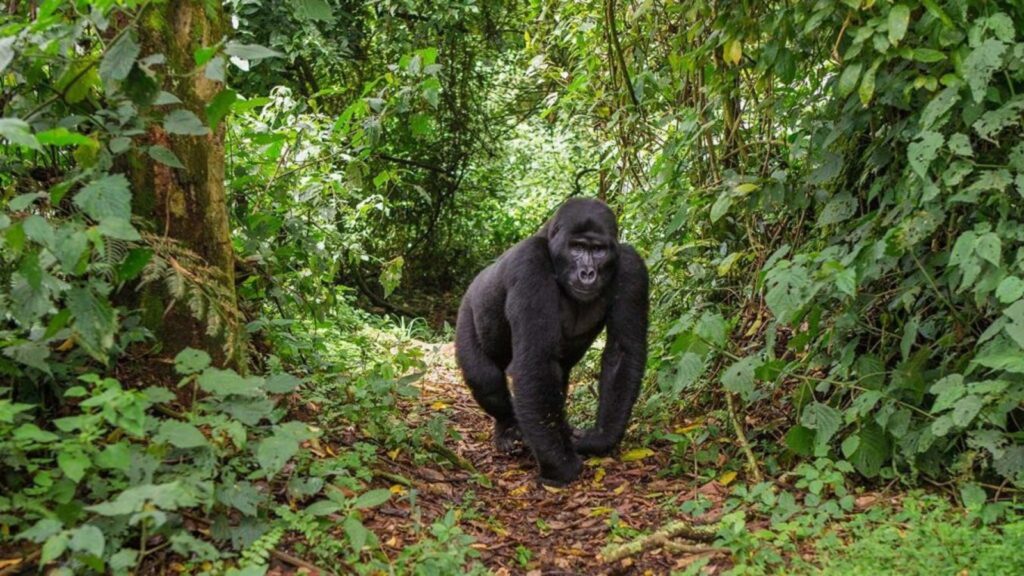Gorilla Trekking and Bird Watching in Bwindi Impenetrable National Park
Bird watching Bwindi. Bwindi Impenetrable National Park in southwestern Uganda is a rare jewel of Africa. The park holds almost half of the world’s remaining mountain gorillas. It also shelters over 350 bird species, including many that live nowhere else. A trip here offers a chance to combine thrilling gorilla trekking with rich bird-watching adventures.
Walking under the thick forest canopy, you hear rustling leaves, bird calls, and sometimes the deep grunts of a gorilla family nearby. This mix of excitement and peace makes Bwindi a dream destination for both wildlife lovers and photographers.
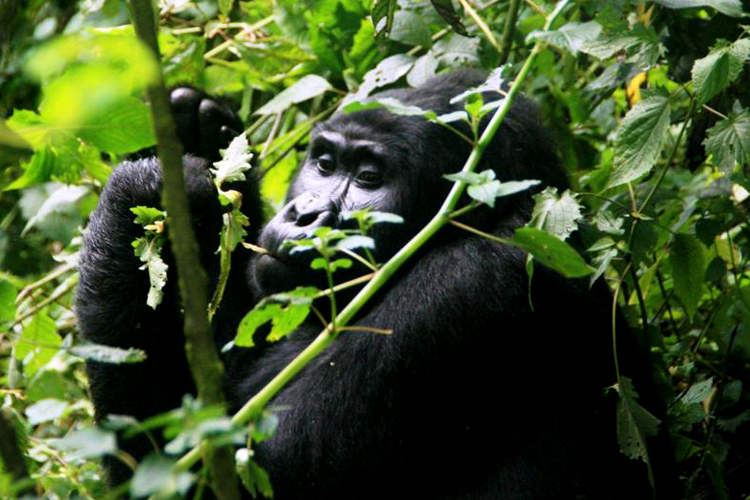
Gorilla Trekking in Bwindi
Gorilla trekking in Bwindi gives you a close encounter with gentle giants in their natural habitat. The journey starts early in the morning. Guides lead you through winding forest trails. The hike may take two to six hours depending on where the gorillas move. When you find them, you watch them feed, play, and groom each other just a few meters away.
Bwindi has four trekking sectors. Buhoma is the most accessible and offers scenic trails. Ruhija attracts both trekkers and birders. Rushaga has more gorilla families and even a habituation experience. Nkuringo offers challenging hikes with rewarding views.
Booking your permit early is important. Only eight visitors can see each gorilla group per day. This keeps the experience quiet and respectful for the gorillas.
Bird Watching in Bwindi
While gorillas steal the spotlight, bird watching in Bwindi is just as rewarding. The park lies in the Albertine Rift, a hotspot for rare species. Many birds here cannot be seen anywhere else in East Africa.
In Ruhija, the Mubwindi Swamp is famous for sightings of the African Green Broadbill. The Buhoma Waterfall Trail gives you forest species and scenic views. The Neck, a narrow stretch between Buhoma and Ruhija, is rich in mixed flocks.
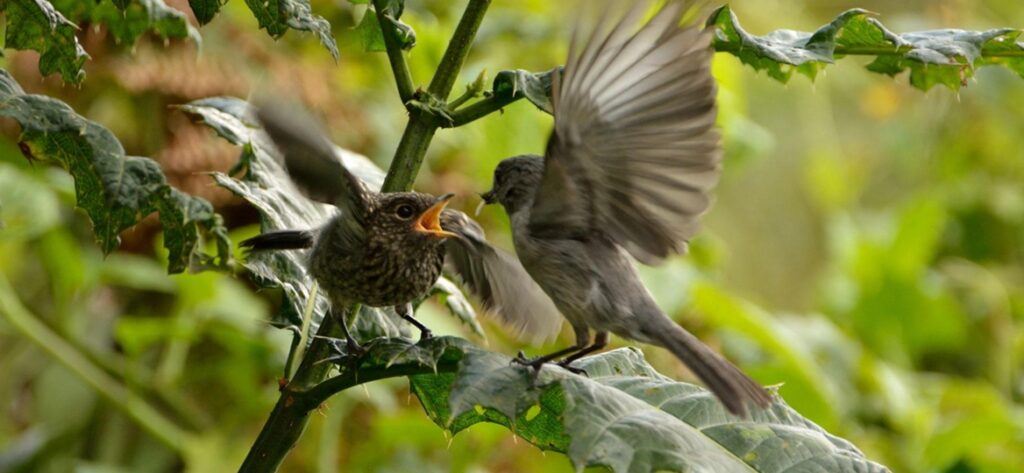
You can spot species like the Regal Sunbird with its vibrant colors, the striking Rwenzori Turaco, or the rare Shelley’s Crimsonwing. With a good pair of binoculars, you might even see Grauer’s Rush Warbler in the high-altitude swamps.
Notable Bird Species in Bwindi:
- African Green Broadbill
- Regal Sunbird
- Rwenzori Turaco
- Shelley’s Crimsonwing
- Grauer’s Rush Warbler
- Black Bee-eater
- Handsome Francolin
- Blue-headed Sunbird
- Dusky Crimsonwing
- Bar-tailed Trogon
Best Time to Visit
Bwindi is open all year, but June to September offers the driest and most comfortable trekking conditions. December to February is another good time, especially for birders, as migratory species arrive. The rainy months of March to May and October to November have fewer tourists, but trails become slippery and challenging.
What to Carry
Good hiking boots help on the steep, sometimes muddy trails. A light rain jacket protects you from sudden showers. Long-sleeved shirts and trousers guard against scratches and insects. Carry a reusable water bottle to stay hydrated. Bird watchers should pack binoculars and a camera with extra batteries.
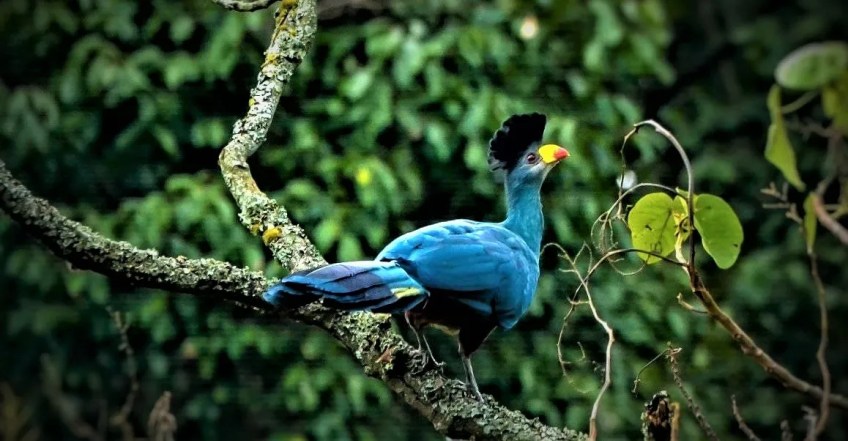
Conservation and Community Benefits
Every visit to Bwindi helps protect wildlife and supports local communities. A portion of your gorilla permit fee funds conservation projects. Many lodges and tour operators work with nearby villages, creating jobs and community projects. This shared benefit encourages locals to protect the park’s natural treasures.
Conclusion
Combining gorilla trekking with bird watching in Bwindi creates an experience full of contrasts. You feel the thrill of meeting endangered gorillas face-to-face. Moments later, you enjoy the calm of watching a sunbird perch on a flowering branch. Few places in the world offer such a mix of adventure and serenity. A visit to Bwindi is more than a safari — it is a journey into one of Africa’s richest and most beautiful ecosystems.

